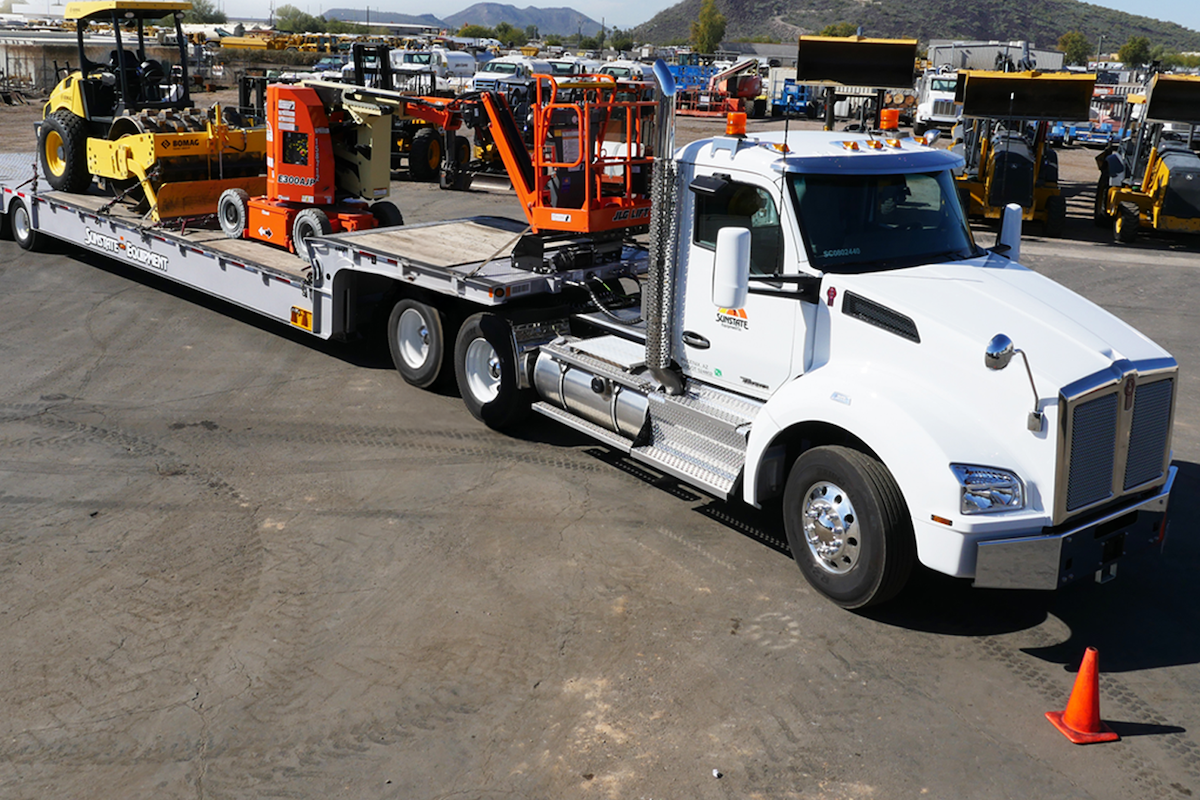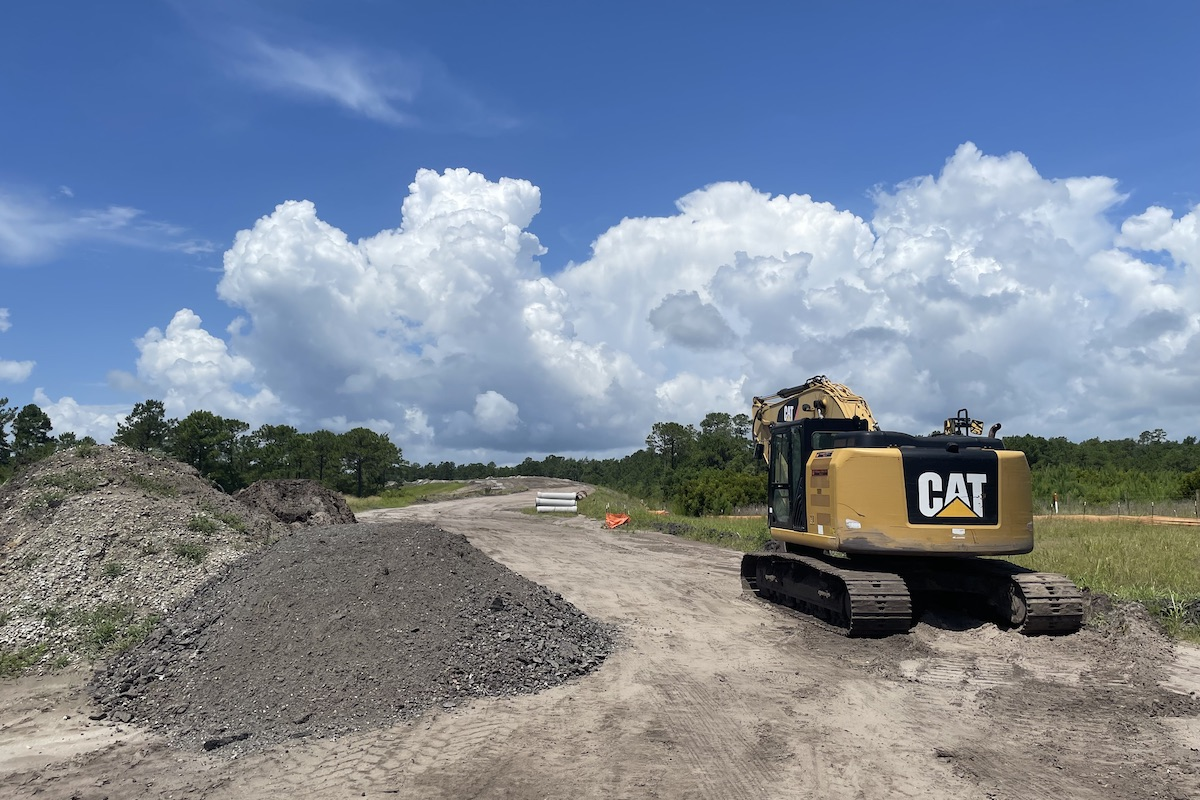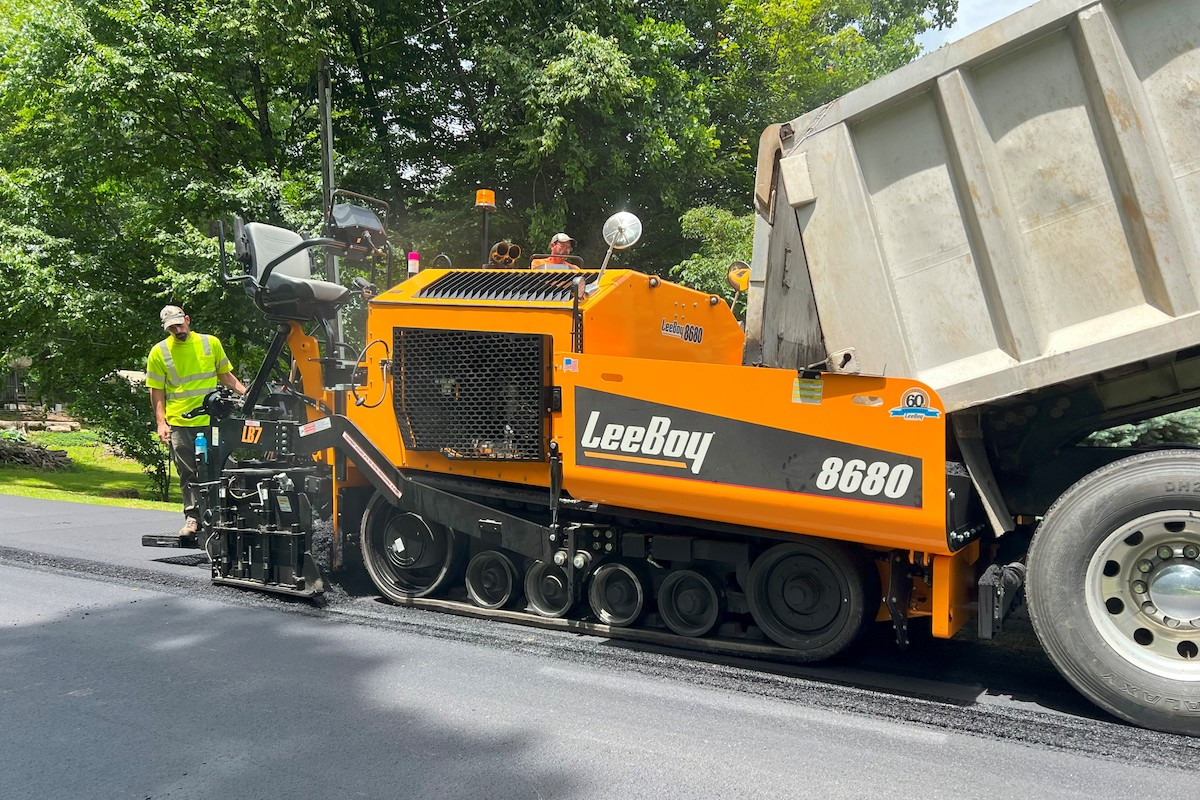One reason for this growth is that vacuum excavators are designed to mitigate damage on the job with their versatility, ease-of-use, and soft excavation traits. This makes them the ideal machine for the damage-conscientious contractor, especially with today’s jobsites being more complicated and congested than ever. But even though vacuum excavators are designed for simple, safe excavation, contractors can’t realize the full benefits if they don’t understand how to properly use and maintain their machines.
Best practices for operating a vacuum excavator can be broken down into three categories: preparation, operation, and maintenance.
The next step is to decide between air and hydro excavation. Soil type comes into play here to because air excavation works best in softer soil types, making hydro excavation the best solution for rock and clay conditions. Hydro excavation is typically the traditional choice and is generally the more efficient solution but using air excavation eliminates the need for liquid spoils disposal. For contractors that are working far away from a spoils disposal site, avoiding disposal requirements can boost productivity. Determining which excavation solution is the best fit for the job and jobsite will set a contractor up for the most efficient and safe operation.
Operational best practices begin with the vacuum excavator’s wand. Operators should constantly move the nozzle around within the excavation area and keep the spray nozzle 8 inches from the ground or from the utility that is being exposed. Holding the nozzle closer than 8 inches or directly applying the excavator to a certain area could cause damage to an existing utility. It’s also important to never use the nozzle as a shovel or pry bar. Putting the nozzle into the dirt can cause damage to the wand and result in costly downtime. If an operator is struggling to excavate through hard soil or heavy clay, they should use a hot water heater rather than moving the nozzle closer. Hot water heater packages can help break down close without applying additional water pressure. However, water temperature should stay below 150 degrees Fahrenheit.

| Your local Bomag Americas dealer |
|---|
| Linder Industrial Machinery |
Operators should also be mindful of their water or air pressure. When using a hydro excavator, operators should always keep water pressure below 3,000 psi, whereas an air excavator should stay below 300 psi. That said, it’s also best practice for operators to consult the utility owner if they are using a vacuum excavator to expose utilities, as may have their own requirements for using hydro or air excavation. For example, some gas line owners recommend using a maximum of 2,200 psi when exposing their utilities with a hydro excavator to prevent any damage.








































































